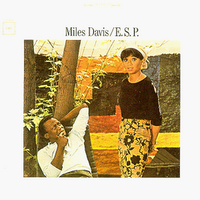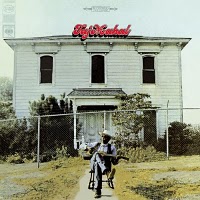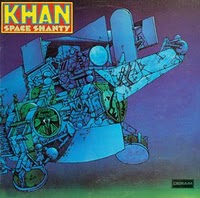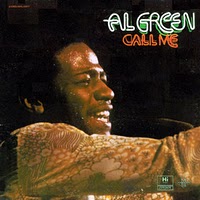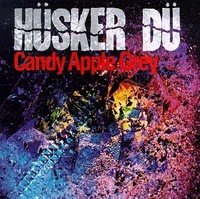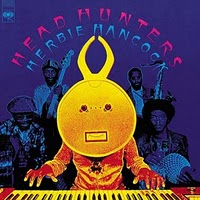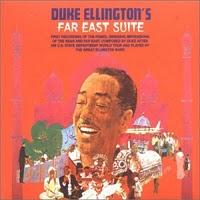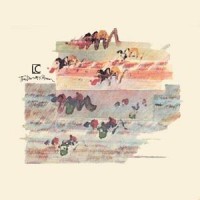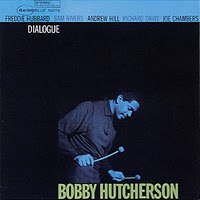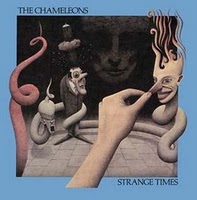 In the height of punk and the beginning of hip-hop, white and black music had never been more distant. David Bryne had his eye on fixing that. The funky rhythm section returns more complete then ever with Bryne being more characteristic then ever playing with words and sounds that is both unbelievably cool and bizarre. Brian Eno’s songwriting contribution and production just top it off, from the computer freak out in the opening track to the excellent “Once in a Lifetime”. Above all, it’s Byrne’s tackling questions about our identity in a booming society (“Seen and Not Seen”) and sympathizing with people that aren’t a part of it (“Listening Wind”), that makes it all the more poignant. It’s like those parties where everyone gets drunk and dances their asses off, and around 3am the guys with beards who like to talk about their emotions go on about the government and the super ego. –Allistair
In the height of punk and the beginning of hip-hop, white and black music had never been more distant. David Bryne had his eye on fixing that. The funky rhythm section returns more complete then ever with Bryne being more characteristic then ever playing with words and sounds that is both unbelievably cool and bizarre. Brian Eno’s songwriting contribution and production just top it off, from the computer freak out in the opening track to the excellent “Once in a Lifetime”. Above all, it’s Byrne’s tackling questions about our identity in a booming society (“Seen and Not Seen”) and sympathizing with people that aren’t a part of it (“Listening Wind”), that makes it all the more poignant. It’s like those parties where everyone gets drunk and dances their asses off, and around 3am the guys with beards who like to talk about their emotions go on about the government and the super ego. –Allistair
What a gathering of great musical minds. Adrian Belew, Brian Eno AND David Byrne!? What results is like the offspring of 80’s King Crimson and David Bowie’s Low on uppers. “House in Motion” is ridiculously fun to listen to. The Reggae rhythm mixed with East Indian themes, Adrian Belew doing his thing on guitar, the repeating electronic trumpet and that “mbarp” sound. What the heck is that sound? –Rob


